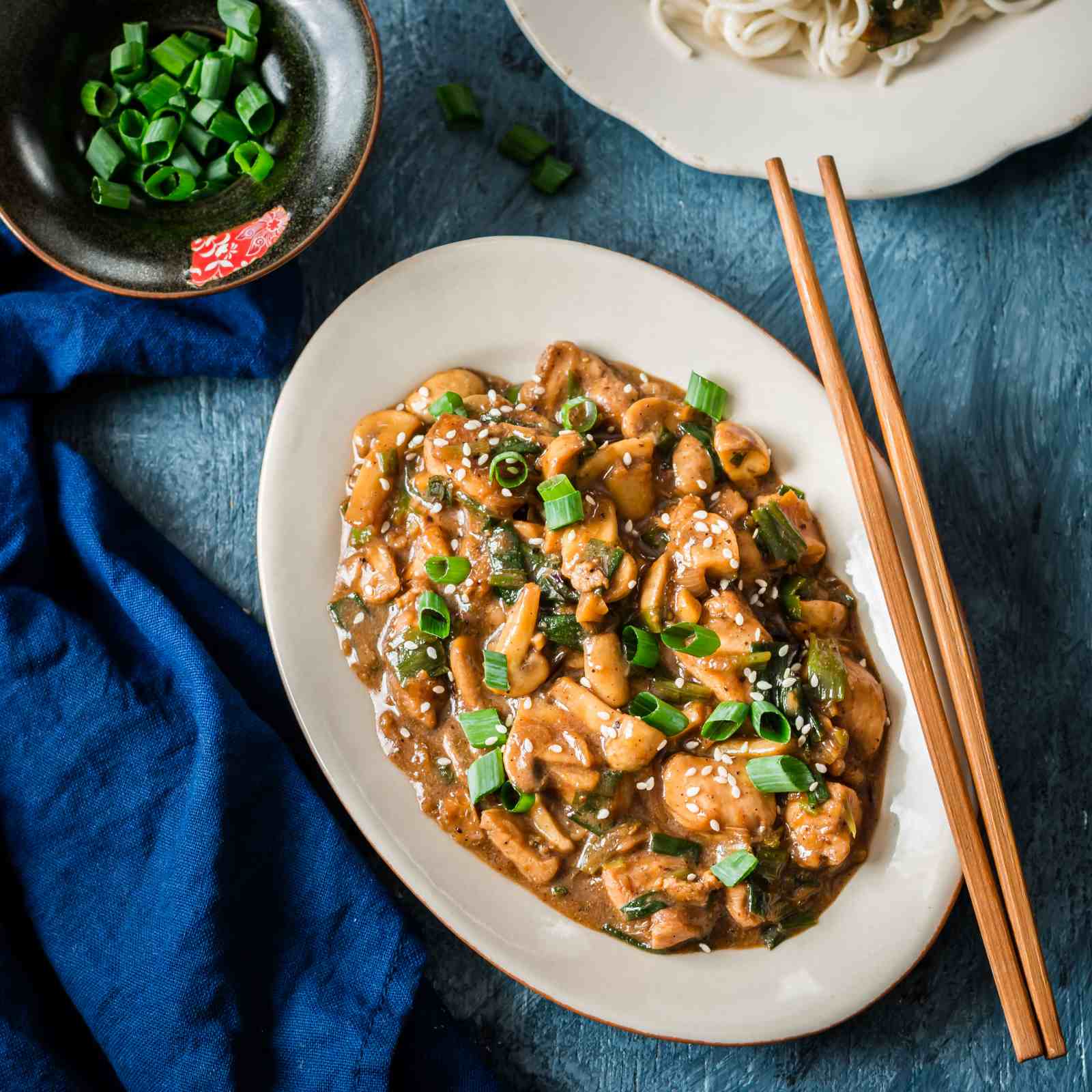Cantonese Recipe: Chinese Steamed White Fish Fillet With Tofu for Health and Flavor
The Chinese Steamed White Fish Fillet with Tofu exemplifies Cantonese cuisine, focusing on fresh ingredients and balanced flavors. In Cantonese culture, fish symbolizes abundance and prosperity. Cantonese dishes, such as this steamed fish, value minimalistic cooking techniques to highlight natural tastes. Tofu complements the fish, offering a contrast in texture while absorbing the dish’s aromatic sauce.
Historical Evolution of the Dish
The dish has roots in ancient Chinese culinary traditions, evolving over centuries. Originally, fish was a luxury reserved for special occasions. As trade expanded and ingredients became accessible, steamed fish with tofu became a household staple in Cantonese kitchens. The method of steaming, popularized in the Guangdong region, preserves the delicate flavors of fish and enhances tofu’s subtlety. Each ingredient in the recipe reflects the historical emphasis on health, balance, and gastronomic simplicity.
Key Ingredients and Substitutions
Importance of Freshness in Seafood
You ensure the best flavor by using fresh white fish fillets. Fresh fish fillets, such as cod, snapper, or sea bass, have a delicate texture and mild, sweet taste. These qualities enhance the dish’s overall flavor. Freshness also impacts the nutritional value, with higher levels of omega-3 fatty acids and essential nutrients in fresh fish. You can use frozen fish fillets if fresh isn’t available, but thaw them properly to maintain quality.
Tofu Varieties and Textures
Tofu brings contrast to the dish and soaks up the aromatic sauce. Silken tofu has a smooth, creamy texture, while firm tofu holds its shape better and provides a satisfying bite. You can choose based on your texture preference. Silken tofu is ideal for a softer, more integrated experience, whereas firm tofu offers a distinct, chewy contrast. If you can’t find tofu, consider using tempeh or paneer as substitutes, though these will alter the dish’s authenticity and texture.
Step-by-Step Cooking Guide
Preparing the Fish and Tofu
Begin by selecting fresh white fish fillets such as cod, snapper, or sea bass. Check that the fillets are at least 1 inch thick to ensure even cooking. Rinse the fillets under cold water, then pat them dry with paper towels. Arrange the fillets on a plate, and season both sides with a pinch of salt and a dash of white pepper.
Choose tofu based on your texture preference. For a softer experience, use silken tofu. For a firmer texture, opt for firm tofu. Cut the tofu into 1-inch thick cubes. Place the tofu cubes on a separate plate lined with paper towels to absorb excess moisture. Pat them dry gently to maintain their shape.
Steaming Techniques and Timing
Set up your steamer by filling a large wok or a deep skillet with 2 inches of water. Bring the water to a boil over medium-high heat, then reduce it to a gentle simmer. Arrange the fish fillets and tofu cubes on a heatproof plate, ensuring they don’t overlap to allow even steam distribution.
Carefully place the plate in the steamer, then cover it with a lid to trap the steam. Steam the fish and tofu for 8-10 minutes. To check for doneness, poke the center of the fish fillet with a fork; it should flake easily. Remove the plate from the steamer, being cautious of the hot steam.
By following these steps, your Chinese Steamed White Fish Fillet with Tofu will achieve the delicate balance and simplicity characteristic of Cantonese cuisine.
Serving and Presentation Tips
Traditional Garnishes and Accompaniments
Traditional garnishes enhance the visual appeal and flavor of Chinese Steamed White Fish Fillet with Tofu. You should use scallions, cilantro, and ginger for a fresh and aromatic touch. Thinly slice scallions and finely chop cilantro. Julienne fresh ginger and scatter it over the steamed dish.
Accompaniments for this dish often include steamed jasmine rice or stir-fried vegetables like bok choy or gai lan. Place the fish fillet and tofu over a bed of lightly seasoned vegetables for added texture and flavor.
Plating Styles in Cantonese Cuisine
Plating Cantonese dishes focuses on simplicity and elegance. Present the steamed white fish fillet and tofu on a large, shallow serving dish. Arrange tofu slices around the fish fillet, creating a balanced and cohesive look. Drizzle soy sauce and sesame oil over the dish for a glossy finish.
For individual servings, use small plates. Ensure each portion includes a piece of the fish fillet and tofu. Garnish each plate with scallions, cilantro, and ginger. This approach enhances the dining experience, making each serving visually appealing and flavorful.
Nutritional Benefits of the Dish
Health Aspects of Steamed Fish
Steamed fish, such as cod, snapper, or sea bass, offers numerous nutritional advantages. These fish are rich in high-quality protein, essential for muscle repair and growth. They provide Omega-3 fatty acids that support heart health and reduce inflammation.
Steaming preserves the fish’s nutrients without adding unhealthy fats. It’s a cooking method that helps maintain the delicate texture and natural flavor, essential in Cantonese cuisine.
Benefits of Including Tofu
Tofu is a plant-based protein source that adds nutritional diversity to your diet. It contains all nine essential amino acids, making it a complete protein. Fortified varieties provide a significant source of calcium and iron.
Including tofu in your meals supports bone health and energy production. It has antioxidants that can help reduce the risk of chronic diseases. In the Cantonese style dish, tofu complements the fish, providing a balance of textures and enhancing nutritional value.
Conclusion
Creating Chinese Steamed White Fish Fillet with Tofu Cantonese Style in your kitchen is more than just cooking; it’s embracing a tradition that values health, balance, and simplicity. By using fresh white fish fillets and tofu, you’re crafting a dish that’s both nutritionally rich and delightfully flavorful. Steaming ensures you preserve the delicate texture and natural goodness of the ingredients. This dish not only symbolizes abundance and prosperity but also offers a wholesome dining experience that aligns with modern nutritional needs. Enjoy this classic Cantonese dish and savor the harmony of flavors and textures it brings to your table.






